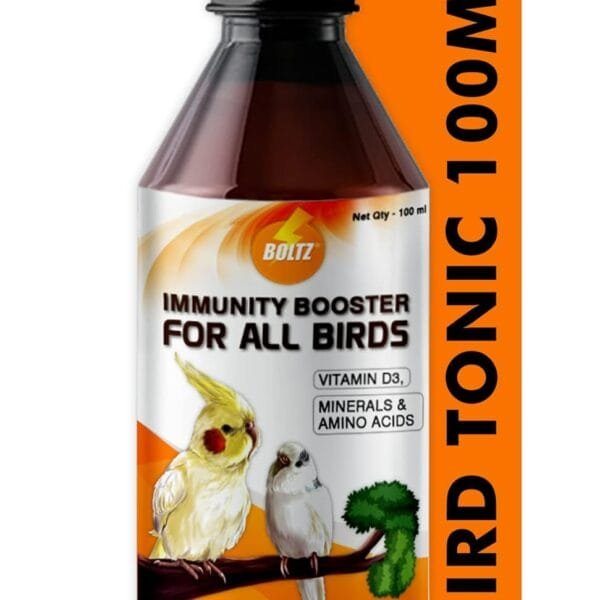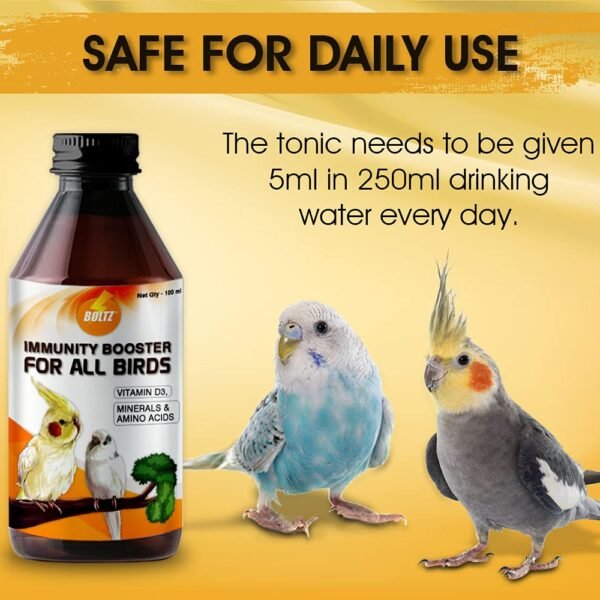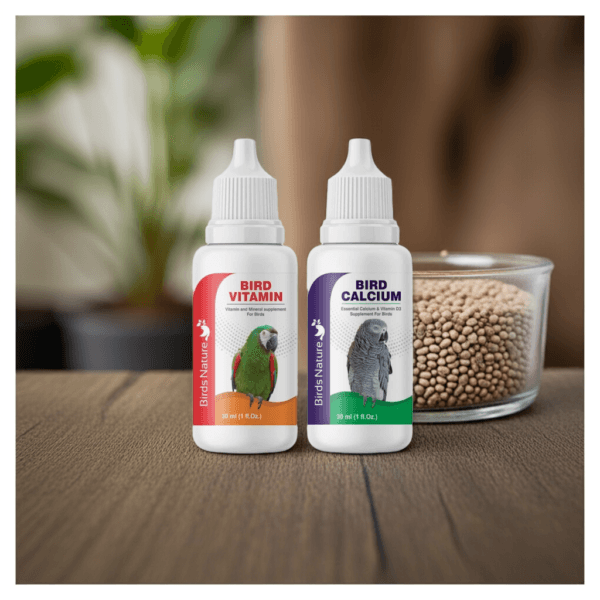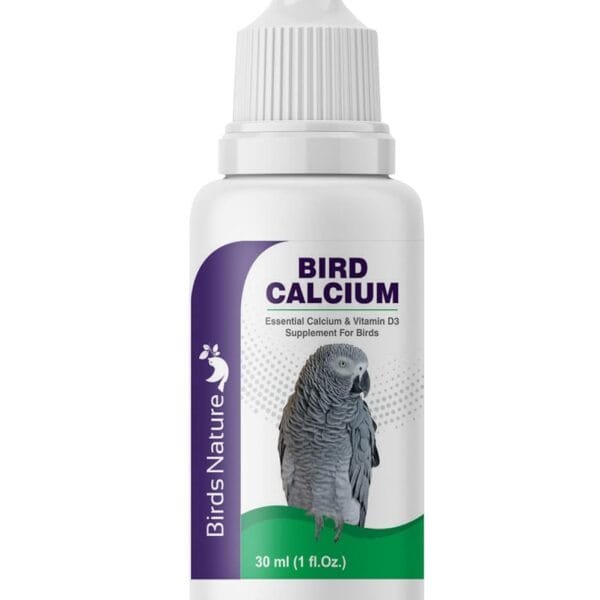African Grey Parrot
The African Grey (Psittacus erithacus) is renowned as one of the most intelligent parrot species, with cognitive abilities comparable to a 5-year-old child. These medium-sized parrots (33-40 cm) feature stunning grey plumage with a distinctive red tail (Congo) or maroon tail (Timneh). Known for exceptional mimicry skills, they can learn 1000+ words and understand contextual speech. African Greys require intense mental stimulation (3+ hours daily), a calcium-rich diet, and low-stress environments to prevent feather plucking. Their lifespan of 40-60 years demands long-term commitment.
| Category | Details |
|---|---|
| Subspecies | • Congo (larger, red tail) • Timneh (darker, maroon tail) |
| Diet | 70% pellets 20% veggies (kale, sweet potato) 10% fruits (berries, papaya) |
| Intelligence | • Understands concepts like shape/color • Solves complex puzzles |
| Housing | Min. 36″W × 48″D × 60″H cage Requires 3+ perches of varying widths |
| Health Risks | • Calcium deficiency • Feather plucking • Aspergillosis |
| Noise Level | Moderate (mimics household sounds) |
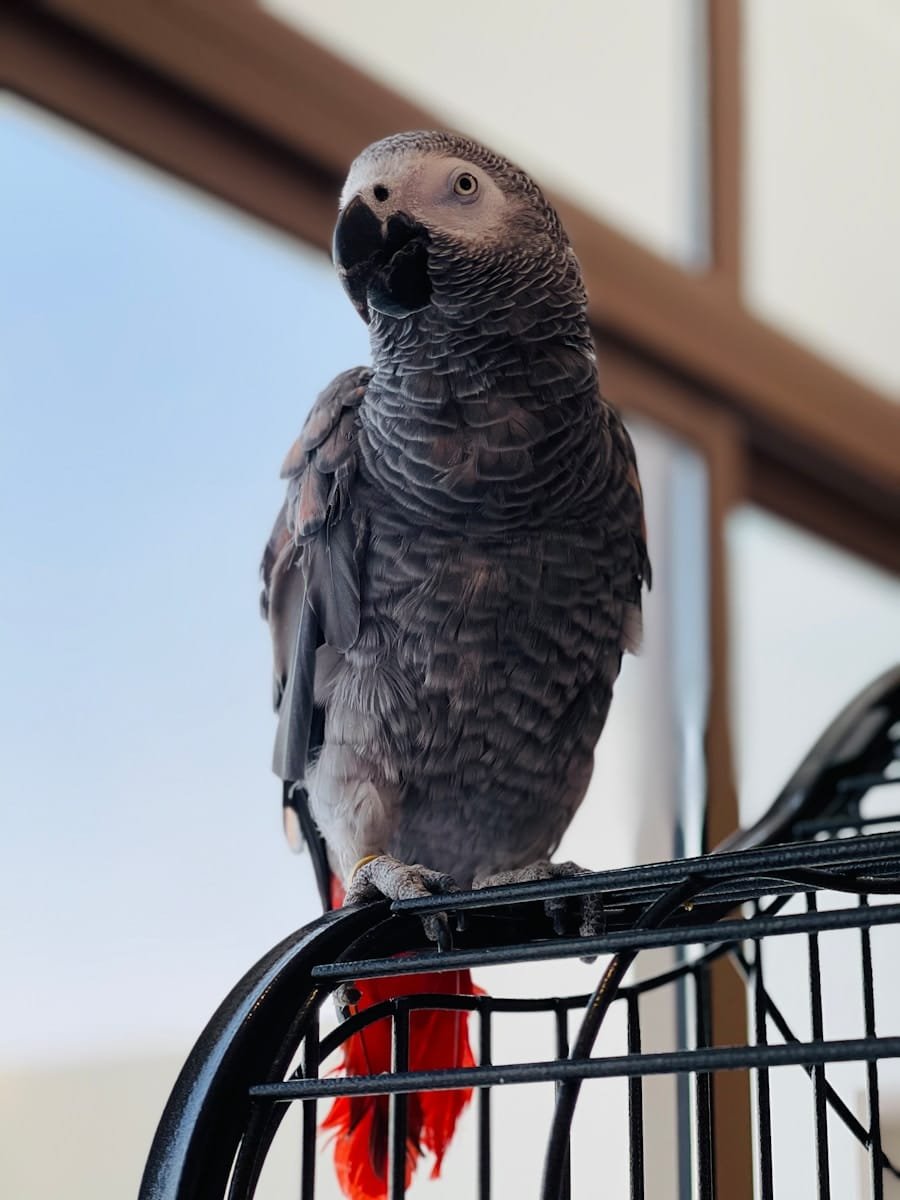
Showing all 4 results
Showing all 4 results
🦜 African Grey Parrot Care Guide
Complete care instructions for your intelligent companion
| AFRICAN GREY QUICK FACTS | |
|---|---|
| Scientific Name | Psittacus erithacus (Congo) / Psittacus timneh (Timneh) |
| Size | 33-40 cm (13-16 in) |
| Weight | 400-650g |
| Lifespan | 40-60 years |
| Intelligence | Comparable to a 5-year-old child |
🌞 Daily Care
- Mental Stimulation: Minimum 3 hours of interaction/training
- Diet: 70% pellets, 20% vegetables, 10% fruits/nuts
- Foraging: Provide 2+ puzzle toys rotated daily
- Water: Change twice (they often dunk food)
📅 Weekly Care
- Cage Deep Clean: Disinfect all surfaces
- Bathing: Offer spray shower 3x/week
- Toy Rotation: Replace 50% of toys
- Weight Check: Healthy range: 400-650g
| AFRICAN GREY DIET PLAN | ||
|---|---|---|
| Food Type | Frequency | Examples |
| Pellets | Daily (70%) | Harrisons, TOP’s (calcium-rich) |
| Vegetables | Daily (20%) | Kale, sweet potato, bell peppers |
| Fruits | 3x/week (10%) | Papaya, pomegranate, berries |
| Calcium Sources | Daily | Cuttlebone, mineral blocks |
❗ Special Needs
- Calcium: Prone to deficiency (provide cuttlebone)
- Feather Plucking: Common when stressed/bored
- Noise Sensitivity: Startles easily – avoid loud sounds
- Dust: Produces powder down – needs air filtration
💡 Expert Tips
- Cage Size: Minimum 36″W × 48″D × 60″H
- UV Lighting: Essential if kept indoors
- Training: Use positive reinforcement (they’re sensitive)
- Toys: Provide 10+ toys (wood, leather, puzzles)

